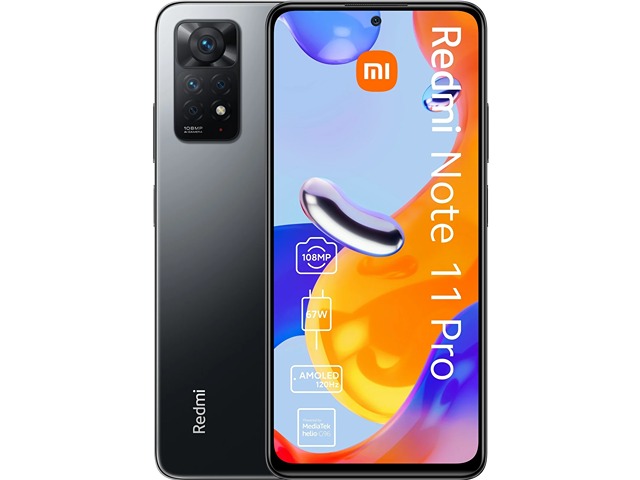The Best Xiaomi Redmi Note 11 Pro Review to Learn More About Its Specifications
Do you wish to understand what NFC stands for? Have you read Xiaomi Redmi Note 11 Pro review and brochure and noticed some hazy things? If you want answers to these questions, and many more about Xiaomi Redmi Note 11 Pro specifications, then you are in the right place.
Xiaomi Redmi Note 11 Pro model status in the market is Available. However, it is declared by Xiaomi company on 1/26/2022 and Released 2022, on February 18.
Xiaomi Redmi Note 11 Pro has 64GB 6GB RAM, and 5000 mAh battery life (the more mAh value gives more strength to the battery). When you buy Xiaomi Redmi Note 11 Pro, you will gain 108 MP, f/1.9, 26mm (wide), 1/1.52″, 0.7µm, PDAF rear camera and 16 MP, f/2.0, 27mm (wide), 1/3.06″, 1.0µm selfie camera.
Xiaomi Redmi Note 11 Pro comes with a 6.67 inches, 107.4 cm2 display size and Corning Gorilla Glass 5 as a scareen protection that is intended to conserve the screen when the phone drops on hard and rough surfaces.
Xiaomi Redmi Note 11 Pro has these software and hardware platforms:
* Android 11, MIUI 13 OS,
* Mediatek Helio G96 (12 nm) Chipset
* Octa-core (2×2.05 GHz Cortex-A76 & 6×2.0 GHz Cortex-A55) Processor.
In this article, you will find Xiaomi Redmi Note 11 Pro review which will explain the main Xiaomi Redmi Note 11 Pro specifications that you need to make a well-informed decision about your new device.
Understanding The Body Specs By Reading Xiaomi Redmi Note 11 Pro Review
mobile phone’s body specifications are very important to be taken into account while selecting a new device. These specs are the body dimensions, the body weight, and the body build. In these following lines, you will read the Xiaomi Redmi Note 11 Pro review in terms of the body characteristics.
* Body Dimensions: 164.2 x 76.1 x 8.1 mm (6.46 x 3.00 x 0.32 in) which means height, width, and thickness (depth) respectively.
* Body Weight: 202 g (7.13 oz).
Any weight between 140g and 170g is considered convenient for smartphones and is good for the majority of people.
* Body Build: Glass front (Gorilla Glass 5), glass back.
You could find the following types of cellular phone’ bodies:
* Metal. It is the strongest one in terms of saving the devise components, that’s because it’s made of metals.
* Plastic. Because it doesn’t bend, this type could be sturdy than metal. Also, It works for a longer period of time than a glass one because it doesn’t shatter easily.
* Glass. In spite of the brittle nature of glass making it more breakable, this type of mobile phone’s body looks more polished and appealing.
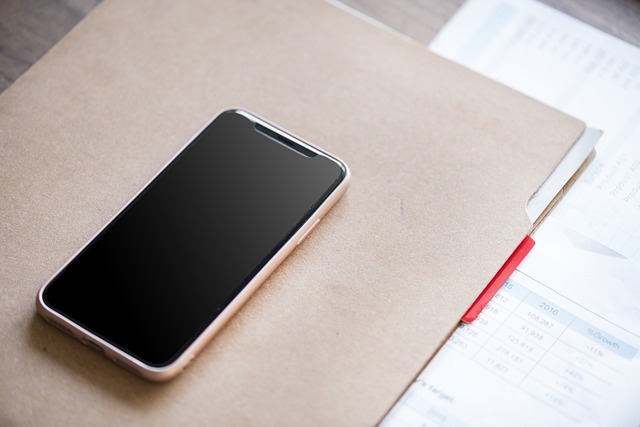
Get Your Preferred Color – Xiaomi Redmi Note 11 Pro Review
Black and white are probably the most popular colors for mobile phone covers, however, businesses have continued to produce a wide range of other colors in an effort to attract more clients.
Xiaomi Redmi Note 11 Pro comes in the following colors: Graphite Gray (Stealth Black), Polar White (Phantom White), Star Blue.

Xiaomi Redmi Note 11 Pro Review – Understanding Display Terminology
With the rapid evolution of mobile inventions, it is difficult to know any mobile phone or combination of features is the best. This is relevant to the screen’s quality and features. In fact, selecting it depends on your preference and the areas in which you use cellular phones. In the following lines, we will talk about the fundamental display characteristics of the Xiaomi Redmi Note 11 Pro
Display Type: Super AMOLED – Remember that you need to look for a screen kind that provides more shining colors and true black color.
Display Size: 6.67 inches, 107.4 cm2 – The popular standard screen size of mobile phones now averages between 4.7 and 6.5 inches.
Refresh Rate: 120Hz – The refresh rate (measured in Hertz (Hz)) is the number of times a screen redraws an image. A higher refresh rate means less motion blur and much better image quality.
Display Nits: 700 nits. NIT (also known as candelas per square meter) is a unit of measurement for brightness. Please note that any value around 600 nits is good enough.
Display Nits Peak: 1200 nits (peak). It is the maximum amount of light sent out by the screen. Values above 500 nits is enough to use on a sunny day.
Display Nits Full: 700 nits, 1200 nits (peak),.
Screen To Body Ratio: (~86.0% screen-to-body ratio). It gives the percentage of how much the display covers the front face. Smartphones that have the largest screen to body ratio look delicate and give it a premium look.
Display Ratio: 20:9 ratio. the Aspect ratio is the relevance between the height and width of the smartphone screen. Taller aspect ratios like 19.5:9 is coming with the most modern smartphones, and it is suitable for web browsing, and other portrait orientation apps.
Display Resolution: 1080 x 2400 pixels. It is the clarity of an image video in details and sharpness. The pixel resolution for high definition screens is 1920 x 1080.
Display Density: (~395 ppi density). It is the number of physical pixels per inch on a screen, and is measured in Pixels Per Inch (ppi).
Display Protection: Xiaomi Redmi Note 11 Pro comes with the following display protection:
* Corning Gorilla Glass 5
* Corning Gorilla Glass 5.
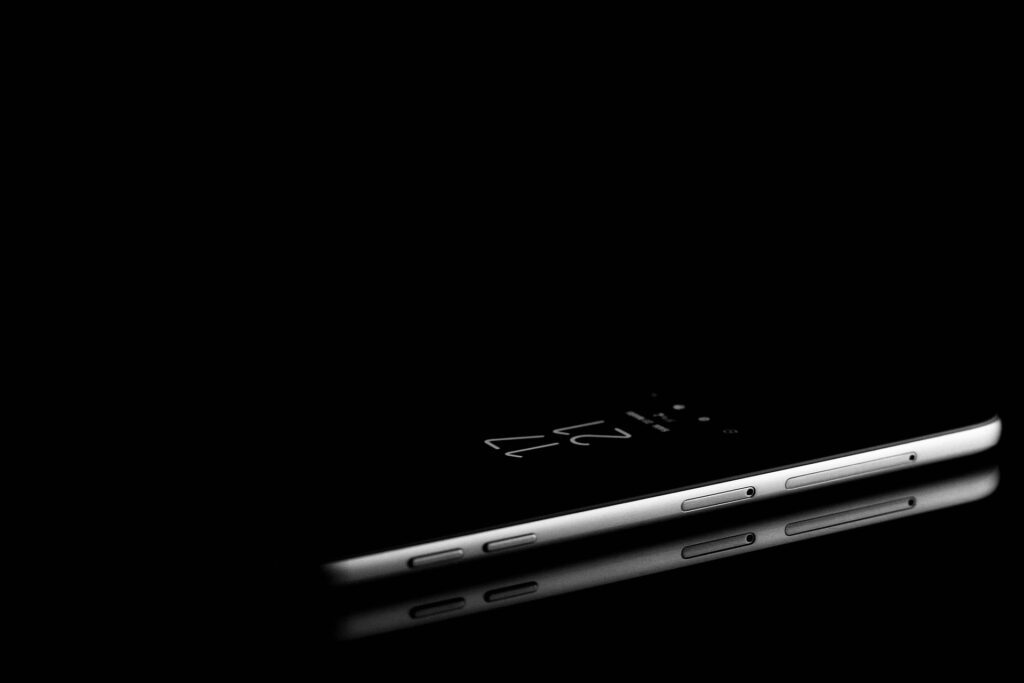
Camera characteristics- Xiaomi Redmi Note 11 Pro Review
In the following lines, you will find Xiaomi Redmi Note 11 Pro review about the main cameras.
* Main Camera Single: {108 MP, f/1.9, 26mm (wide), 1/1.52″, 0.7µm, PDAF}.
Here are explanations about some of the symbols included in the camera characteristics:
MP (Megapixels) is the resolution of the image taken by a cellular phone.
(f value) is the aperture of a lens indicates how much light it lets in. The larger the aperture, the more light is let in; and vice versa.
(mm value) This measurement is of the lens’s focal length, which affects the final image that is produced by your camera.
AutoFocus (AF) is the function of a camera to automatically focus on a subject.
* Main Camera Dual: 8 MP, f/2.2, 118˚ (ultrawide)
* Main Camera Triple: 2 MP, f/2.4, (macro)
* Main Camera Quad: 2 MP, f/2.4, (depth)
The main camera features are as follows:
HDR, panorama, 1080p@30fps main video camera.
Here is the Xiaomi Redmi Note 11 Pro review of the selfie camera:
* Selfie Camera Single: 16 MP, f/2.0, 27mm (wide), 1/3.06″, 1.0µm
The main camera features are:
1080p@30fps Selfie video camera.
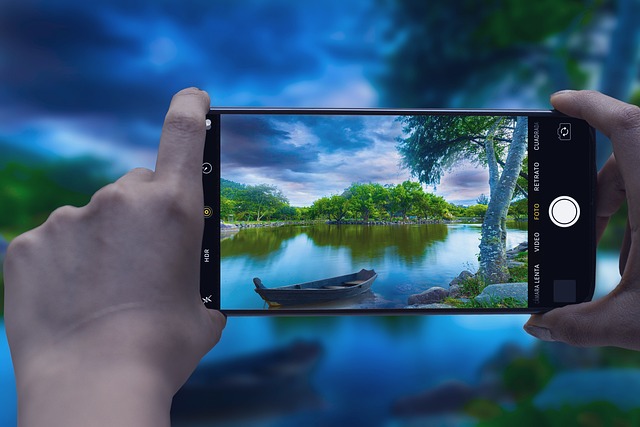
What’s The SIM card? Xiaomi Redmi Note 11 Pro Review
The acronym SIM is used to refer to the Subscriber Identity Module. It is a microchip that can be fitted into your cellphone to be able to access your phone’s communication features to make calls, send SMS, and connect to the 3G, 4G LTE, and 5G mobile internet. For more information about 3G / 4G networks, refer to Xiaomi Redmi Note 11 Pro 3G or Xiaomi Redmi Note 11 Pro 4G articles. SIM cards come in three sizes: Standard (Mini), Micro, and Nano. It is possible to use your cellular phone without a SIM card, such as using the calculator, playing games, saving text or voice notes, and connecting to a Wi-Fi network to explore the internet.
This phone model comes with Hybrid Dual SIM (Nano-SIM, dual stand-by) card. For more info, refer to How to insert SIM card in Xiaomi Redmi Note 11 Pro article.
Here are the common SIM card types:
* Nano SIM. It is the smallest removable SIM card size, so it is the most modern one (other than eSIMs, which we’ll read about it very soon) and it’s used by the vast majority of current cellphones.
* Micro SIM. They have a slightly larger chip, and they haven’t been utilized too often recently.
* Standard SIM (Mini SIM). It is the biggest SIM card size in use, and it’s the most rarely used.
* eSIM. It is an embedded SIM card, i.e., you can’t take it off of your smartphone.

Chipset, CPU, and GPU – Xiaomi Redmi Note 11 Pro Review
This model has Mediatek Helio G96 (12 nm) chipset.
A chipset on a mobile phone is most usually referred as a system on chip (SoC). It is an integrated circuit that houses all of a device’s essential components on one chip.. The most common kinds are: QUALCOMM Snapdragon, MEDIATEK CHIPSETS, and INTEL ATOM.
Xiaomi Redmi Note 11 Pro has Octa-core (2×2.05 GHz Cortex-A76 & 6×2.0 GHz Cortex-A55) CPU.
The higher the number of cores and the higher the number of processing speed the better the processor’s performance will be.
Xiaomi Redmi Note 11 Pro has the following GBU (Graphics Processing Unit): Mali-G57 MC2.
All graphics jobs are treated and accelerated by this chip, and a faster GPU means a more powerful mobile phone will.

Storage Capacity and Specs – Xiaomi Redmi Note 11 Pro Review
One of the primary deciding factors, when you want to purchase a new mobile phone, is the amount of storage it offers. Actually, Xiaomi Redmi Note 11 Pro comes with microSDXC (uses shared SIM slot) memory card slot, and the following internal storage: 64GB 6GB RAM – 128GB 6GB RAM – 128GB 8GB RAM
Two types of phone’s memory are available:
Internal: It is built in the phone, and can’t be increased. Nowadays, the majority of mobile phones have internal memory that is at least 32GB or 64GB and a few high-end models feature 256GB or 512GB.
External: It is a removable SD card used as an alternative memory to store photos, music, videos, etc., regardless of the type of SD card slot.

Mobile Networks and communication – Xiaomi Redmi Note 11 Pro Review
The complex architecture used by mobile networks covers base stations sending radio waves inside hexagonal regions known as “cells” (hence mobiles also being known as cellphones). In order to prevent any signal-deficient locations, thousands of cells interfere across several geographic regions. 3 various network kinds available today: 3G, 4G, and 5G. These networks have the capacity to pick up and deliver mobile telecommunications as well as transmit and receive data and information.
Xiaomi Redmi Note 11 Pro supports the following networks: 3G. For more information, refer to Xiaomi Redmi Note 11 Pro 3G article. – 4G. For more info, refer to Xiaomi Redmi Note 11 Pro 4G article.
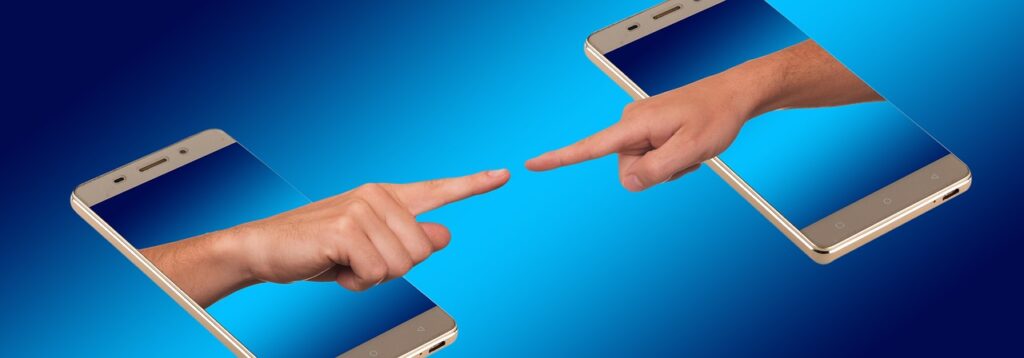
Xiaomi Redmi Note 11 Pro Review of The Available Wireless Connections
This model comes with the following wireless connections:
* WLAN connection: {Wi-Fi 802.11 b/g/n/ac, dual-band, Wi-Fi Direct, hotspot}. Wireless Local Area Network uses Wi-Fi to communicate to the home or office wireless network using the local router and offers Internet access.
* Bluetooth connection: {5.1, A2DP, LE}. It is a common wireless communication protocol used to communicate two devices together over short distances, allowing them to share data between different devices.
* GBS connection: {Yes, with A-GPS, GLONASS, BDS, GALILEO}.Global Positioning System allows cellphone to locate any position you need.
* NFC connection: {Yes (market/region dependent)}.Near Field Communication is a wireless technology that allows your phone to transfer data to another device when they’re close together, so it’s generally used for contactless payments. For more information, refer to NFC on Xiaomi Redmi Note 11 Pro article.
* USB connection: {USB Type-C 2.0, USB On-The-Go}.Universal Serial Bus is wired technology that allows users to connect two devices, such as a smartphone with a PC, to either transfer data or to charge the connected device.
* Features Sensors: {Fingerprint (side-mounted), accelerometer, gyro, compass}. The sensor is a device that detects and majors the changes in the nearby environment such as ambient light and motion.

Xiaomi Redmi Note 11 Pro Review – The Operating System
This model comes with {Android 11, MIUI 13} operating system.
Main Specs of The Battery – Xiaomi Redmi Note 11 Pro
Nothing is more essential than the mobile phone’s battery, which powers these gadgets and keeps daily life going. The following lines are including a Xiaomi Redmi Note 11 Pro review of its main battery.
* Battery Technology: {Li-Po}.
* Xiaomi Redmi Note 11 Pro comes with {a non-removable} battery.
* Battery Capacity: {5000} mAh. It refers to the storage capacity a particular battery may offer. A battery with a 3100 mAh capacity rating could supply a current of 3100 mA for one hour. Higher mAh ratings for the same battery type will generally mean longer working time.
* Battery Charging: {Fast charging 18W}.
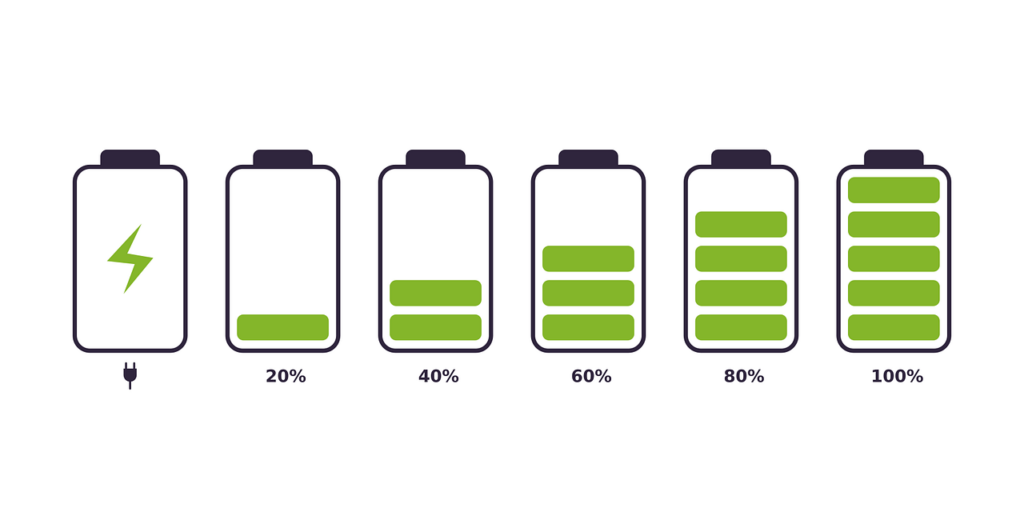
The Battery Secondary Specifications – Xiaomi Redmi Note 11 Pro Preview
In addition to the major Xiaomi Redmi Note 11 Pro specs that we mentioned earlier, this model has more battery-related characteristics that are relatively varied depending on the model of the cellphone. Here are these specifications:
* Battery Charging Original: {Fast charging 67W, 51% in 15 min (advertised), Power Delivery 3.0, Quick Charge 3+}.
* Battery Wireless Charging: {Wireless charging}.
* Power Delivery: {USB Power Delivery 2.0}.


